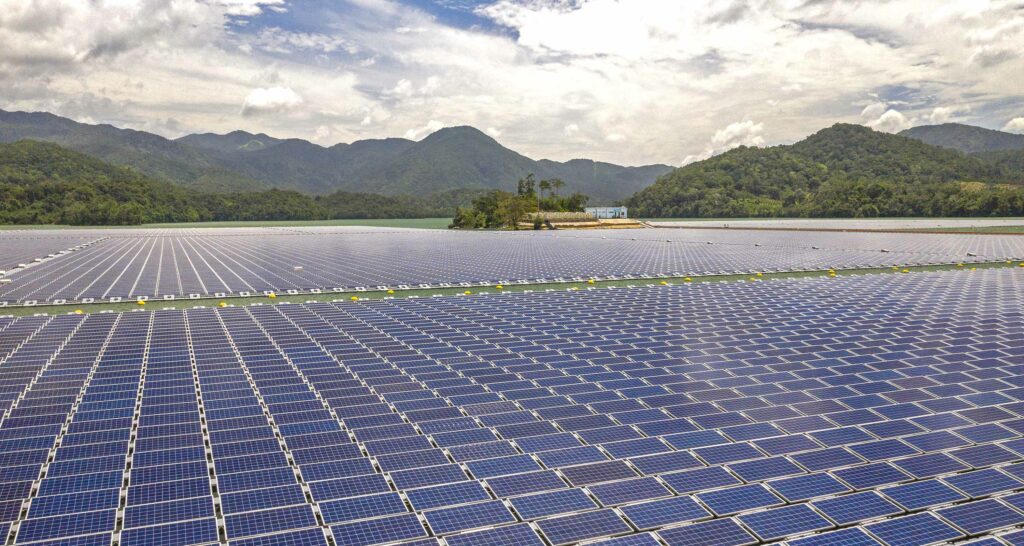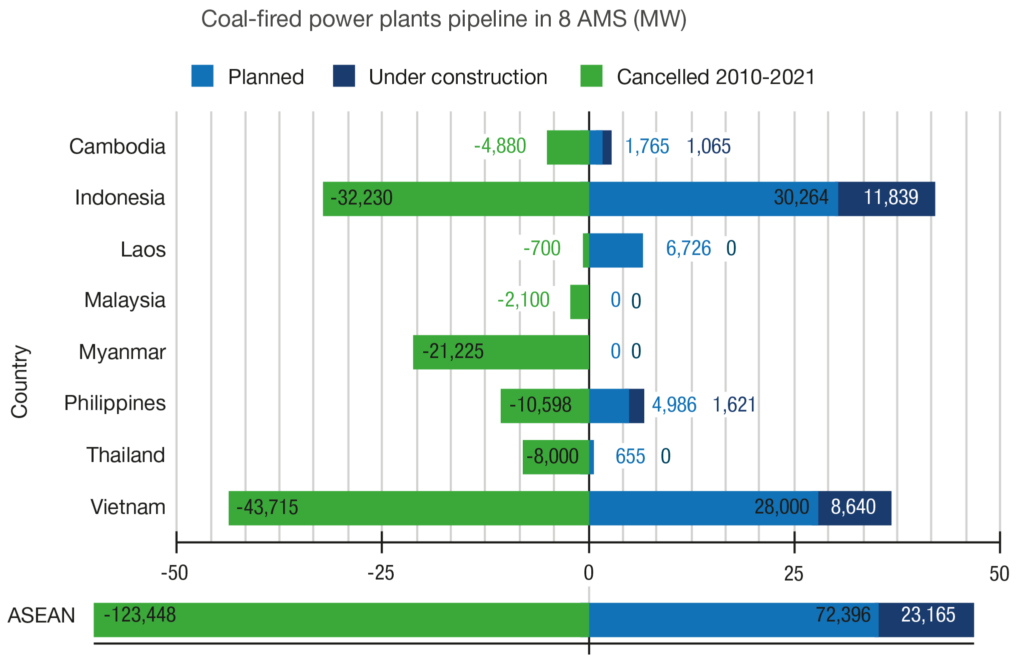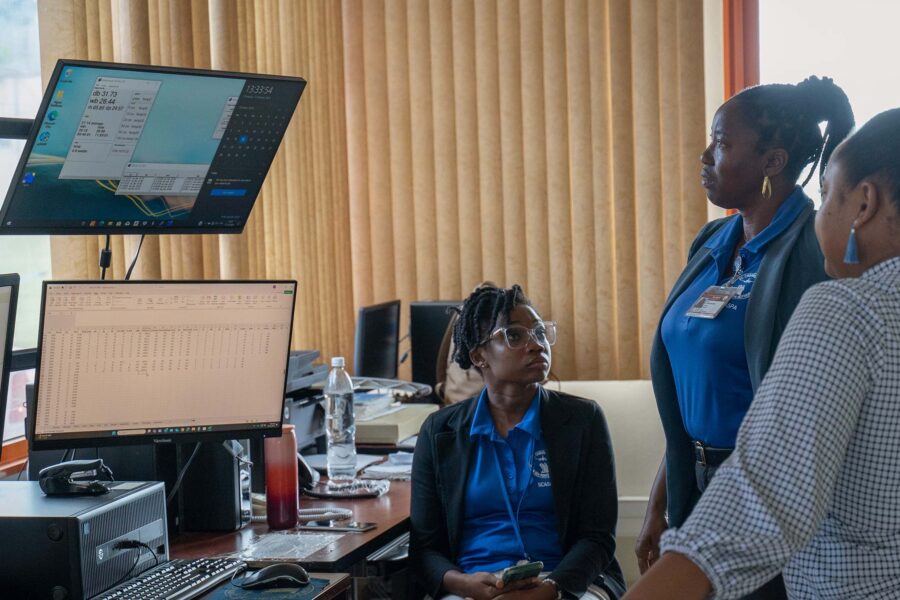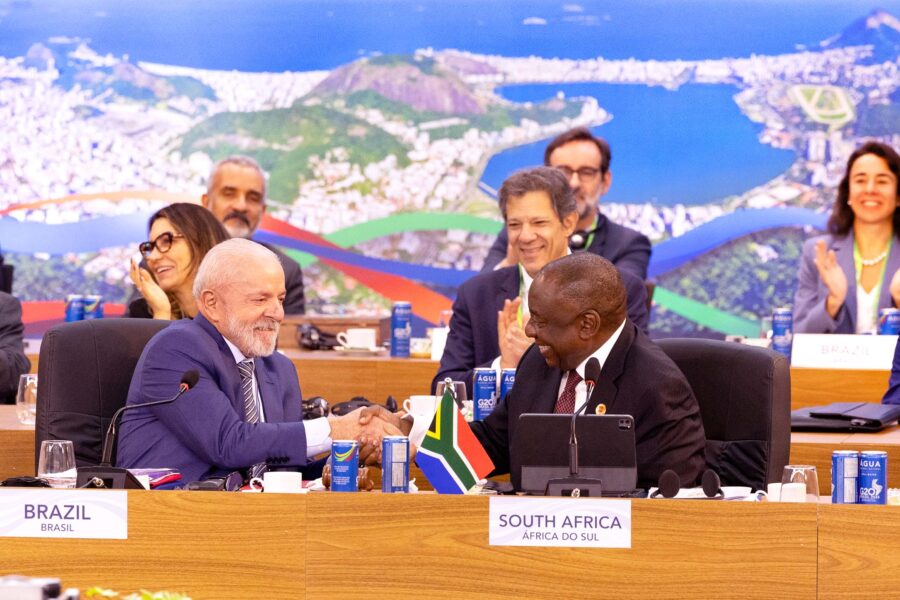Can Southeast Asia maintain its high growth without the carbon baggage?
Southeast Asia is a center of both economic and emissions growth. Its efforts to decarbonize will have a huge impact on both regional and global progress on climate action
Climate — Pacific and South-eastern Asia

The Intergovernmental Panel on Climate Change’s Sixth Assessment Report, published in August 2021, could not be clearer: we are in a growing global climate crisis. According to the report, the world may reach or exceed an average temperature increase of 1.5°C by the early 2030s, a decade earlier than previously forecast. The consensus is that action matters, and that to stabilize the climate and avoid triggering tipping points, CO2 emissions must reach net zero by 2050.
Mitigating climate change has become more pressing than ever in Southeast Asia. From 2010 to 2018 the region recorded the world’s third highest emissions growth, accounting for about 7% of global emissions by 2018. The region, meanwhile, represents about 8% of global population.
If Southeast Asia insists on building fossil fuel-based energy systems, that will mean locking in high-carbon infrastructure for the long term, making the region more prone to climate change impacts. Framing the issue positively, Southeast Asian countries have more to gain than lose from coordinated energy and climate actions. As the International Energy Agency points out, the many socio-economic benefits of action for the region include energy cost savings, job creation, and reductions in air pollution and greenhouse gas (GHG) emissions.
There is much to applaud in the region’s current efforts to move towards net-zero emissions (NZE). Indonesia has set its NZE target for 2060, while Singapore and Laos have proposed targets for 2050. Cambodia and Myanmar are currently discussing achieving carbon neutrality by 2050, whereas Thailand is aiming at NZE by 2065 to 2070.
The story should not be exclusive to Southeast Asia. So what lessons can this region share with other developing countries?
NZE: not just possible, also socio-economically desirable
With energy demand increasing by 60% over the last 15 years, and with more than 80% of its energy coming from fossil fuels, Southeast Asia has become a global focal point over the need to cut emissions. Population growth, rising income levels, and subsequent development gains in the region have driven its emissions growth, especially from the electricity and heat sectors. If the current addiction to coal continues, it will overtake natural gas as the main power source by 2030, and will account for almost 50% of the region’s projected emissions of 2.4 GtCO2e in 2040.
Increasing renewable energy ambition and removing fossil fuel subsidies and incentives provide a ticket to advance Southeast Asian economies in the next few years. The region will gain 3% of its gross domestic product (GDP) between 2019 and 2050 due to a substantial increase in renewable energy net exports, while the global GDP gain is around 2%. Moreover, the region’s major economies (Vietnam, Indonesia, and the Philippines) are already showing clear comparative advantages in manufacturing and exporting low-carbon technologies.
For Southeast Asia to claim leadership in emissions reduction through an energy transition, a regional collaboration is required. We can see such collaboration in examples like the Association of Southeast Asian Nations’ (ASEAN) Plan of Action for Energy Cooperation 2016 to 2025 (APAEC). Through this, numerous regional initiatives are underway in line with the ASEAN-wide renewable energy targets. Furthermore, thanks to agreements such as the Regional Comprehensive Economic Partnership (RCEP) and critical trading partner commitments to net zero, ASEAN, as a trading bloc, has an opportunity to transform its economy. This will be spearheaded by ASEAN’s comparative advantages and capacities in green technology, supporting the region to become a global green technology chain hub.
Unlocking decisive actions: three key takeaways
This year, the UN Sustainable Development Solutions Network (SDSN) initiated a regional collaboration, the ASEAN Green Future (AGF) project. AGF brings together experts from think tanks, academia, and civil society organizations, many working closely with governments, to develop ambitious yet achievable climate solutions. Through this collaborative effort, Southeast Asian countries are recommending climate solutions that can be applied in the region and beyond.
The first solution is to fast-track power sector decarbonization by switching to renewables. This action is urgently needed, given the planned expansion of coal-fired power plants (CFPPs) in ASEAN countries, with more than 95 GW already in the pipeline (see Figure 1 – data from Global Energy Monitor’s Global Coal Plant Tracker). Already under discussion is a coal retirement mechanism to speed up the closure of currently operating CFPPs. Governments must urgently agree a plan to retire coal – this will be essential for setting the financing mechanism to achieve the transition. In addition, advances in renewable technologies, economies of scale, and growing local expertise will help increase the uptake in sustainable energy across the region.
Figure 1: The coal pipeline in 8 ASEAN Member States (AMS), excluding Brunei and Singapore

Second, we must switch to zero-emission fuels. This includes the electrification of transport and industry, or using other zero-emissions fuels (such as green hydrogen) where electrification is not possible. The shift to electric vehicles is particularly crucial for Southeast Asia, where road transport is the number one driver of the toxic air pollution that is a key cause of premature deaths.
Third, it is vital that developing countries integrate a just transition into their decarbonization pathways. This will ensure that the energy transition remains human centric, does not create regional inequality, and that sufficient funding is allocated.
Another important element will be the adoption of nature-based solutions to sequester carbon and strengthen resilience. This is especially important to support the role of the agriculture, forestry, and land-use sector as a net and natural carbon sink, on top of the decarbonizing efforts in the power sector.
With the ongoing share of GHG emissions coming from energy, policymakers across Southeast Asia have been intensifying their efforts to ensure a secure, affordable, and more sustainable pathway for the sector. The region’s abundant renewable energy sources should provide a more affordable and sustainable electricity supply, and move the region away from its current high-risk status as a net fuel importer. A successful clean energy transition in this region would also set the future energy, economic, and climate trajectory for the rest of the world to follow.





